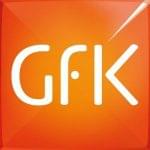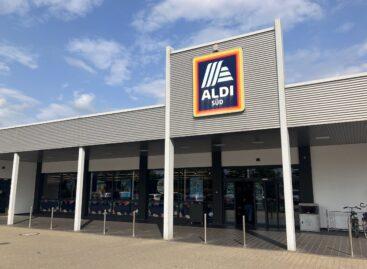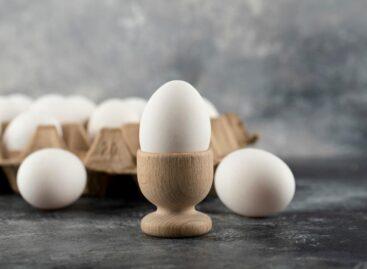Improved performance from discount supermarkets in 2016
 GfK’s 2016 Retail Analysis revealed that the FMCG consumption of Hungarian households increased by 2 percent last year (in value). Private label products continued to increase their market share in almost every retail channel, but the share of PL products is still the highest in discount supermarkets and this share increased further last year. Drugstores also sold more private label products. The fact that motor fuel prices stayed low probably had to do with the fact that in 2016 much more people went shopping by car. This was especially true in the C&C channel, where 92 percent of total sales was realised with shopping trips of this kind. In the case of hypermarkets and discount stores this proportion was 76 percent and 62 percent, respectively. Last year the proportion of bank card payments reached 36 percent. The weight of this form of payment increased in all channels, but this process was the fastest in drugstores where the growth rate was 8 percentage points.
GfK’s 2016 Retail Analysis revealed that the FMCG consumption of Hungarian households increased by 2 percent last year (in value). Private label products continued to increase their market share in almost every retail channel, but the share of PL products is still the highest in discount supermarkets and this share increased further last year. Drugstores also sold more private label products. The fact that motor fuel prices stayed low probably had to do with the fact that in 2016 much more people went shopping by car. This was especially true in the C&C channel, where 92 percent of total sales was realised with shopping trips of this kind. In the case of hypermarkets and discount stores this proportion was 76 percent and 62 percent, respectively. Last year the proportion of bank card payments reached 36 percent. The weight of this form of payment increased in all channels, but this process was the fastest in drugstores where the growth rate was 8 percentage points.
Shopping trips with the purpose of buying only 1-3 product categories typically targeted shops that belong to Hungarian-owned retail chains, while 48 percent of consumers went to discount supermarkets, 43 percent visited hypermarkets and 40 percent chose supermarkets when 4-11 categories were purchased. The market share of discount stores increased in 2016. Sales increased in hyper- and supermarkets due to higher buying intensity. The same is true for discount supermarkets, but in this channel the number of customers also grew a little. It is still hypermarket goers who are most loyal to their retail channel: they spend nearly one third of their FMCG budget here. Those who go shopping to discount stores and supermarkets follow in the loyalty ranking.
Families with members younger than 40 spend 32 percent of their FMCG budget in hypermarkets (in the case of older households this ratio is 21 percent). They also visit drugstores more frequently. Typically they shop less often but spend more per occasion than older households. A growing proportion of households below the age of 40 go shopping to discount supermarkets and they spend more per occasion than before. Young households are open to buying private label products: compared with 2013, households in the under 40 age group spent 56 percent more money on PL products in discount stores – in the category of households older than 40 years this growth rate was ‘only’ 23 percent. //

Rita Csillag-Vella
product head shopper,
industry lead consumer
goods & retail
GfK
Related news
Aldi Süd’s German flagship store: A closer look at the discounter’s largest format
🎧 Hallgasd a cikket: Lejátszás Szünet Folytatás Leállítás Nyelv: Auto…
Read more >Challenges of the retail sector: retail has become more crisis-resistant
🎧 Hallgasd a cikket: Lejátszás Szünet Folytatás Leállítás Nyelv: Auto…
Read more >The challenges of the retail sector, or can problems be transformed into solutions?
🎧 Hallgasd a cikket: Lejátszás Szünet Folytatás Leállítás Nyelv: Auto…
Read more >Related news
Egg prices up nearly one-third
🎧 Hallgasd a cikket: Lejátszás Szünet Folytatás Leállítás Nyelv: Auto…
Read more >Layers of problems
🎧 Hallgasd a cikket: Lejátszás Szünet Folytatás Leállítás Nyelv: Auto…
Read more >Too many gifts, too much food: our holiday excesses are putting a serious strain on the environment
🎧 Hallgasd a cikket: Lejátszás Szünet Folytatás Leállítás Nyelv: Auto…
Read more >






